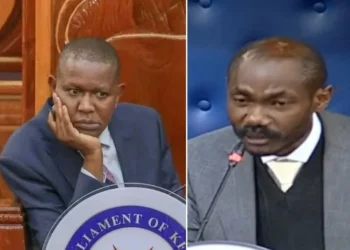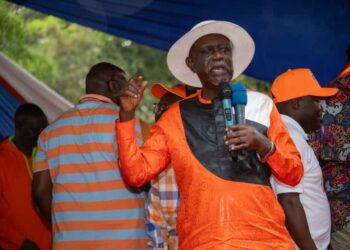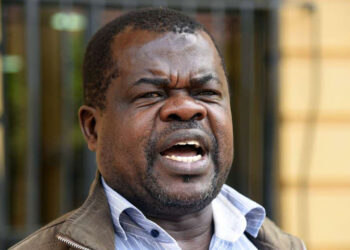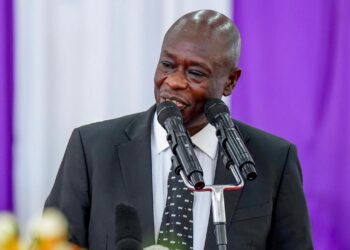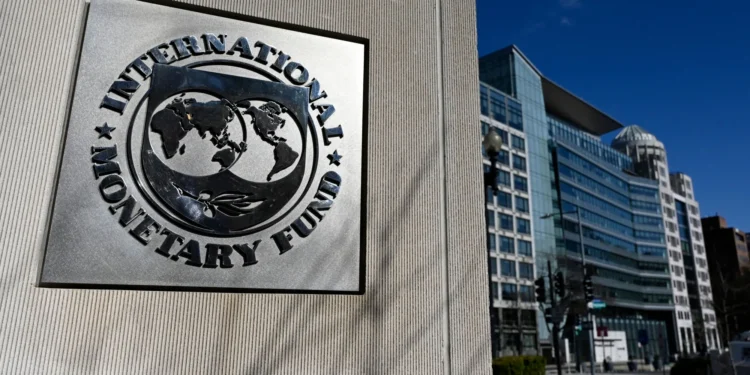In a bold assessment that’s sparked fierce debate, the International Monetary Fund (IMF) has claimed that Kenya’s stable shilling against the dollar is “hurting” the economy by muddling monetary policy and inflation controls.
This eyebrow-raising statement, delivered during a recent IMF delegation visit to Nairobi, comes as the Kenyan currency holds firm at around Sh129 per USD, backed by robust foreign reserves topping $12 billion.
Critics, including Kenya Revenue Authority (KRA) Chair Nderitu Mureithi, are pushing back hard, accusing the global lender of glossing over East Africa’s homegrown economic dynamics.
The IMF’s October 2025 report, a component of its World Economic Outlook, depicts global challenges, predicting a decline in growth to 3.2% this year and 3.1% the following year due to persistent inflation in emerging markets.
For Kenya, officials argue the shilling’s steadiness, nurtured by savvy Central Bank interventions, a surge in diaspora remittances, and fresh Eurobond inflows, is a win, not a wound.
Reserves hit a record $12.08 billion by mid-October, covering 5.3 months of imports and shielding against shocks like volatile oil prices or geopolitical jitters.
However, the IMF argues that too much stability can weaken the currency’s ability to protect against inflation, which might keep the economy from growing by making exports less competitive and raising import costs.
KRA Chair Nderitu Mureithi delivered a blunt rebuttal during a Nairobi forum on Thursday. “The IMF’s assessments often overlook unique structural factors in developing economies like ours,” he fired, slamming their “rule-of-thumb” metrics on exchange rates and tax-to-GDP ratios.
Mureithi, a skilled economist with a proven track record in fiscal reforms, compared the IMF’s advice to a universal solution that is effective during times of crisis but ineffective during times of recovery. Kenya’s story? The shillings have clawed back from 2024’s wild swings, peaking at Sh160 per dollar amid drought and debt woes, to this enviable calm, fuelling a 5.6% GDP rebound forecast for 2025.
This clash unfolds as Nairobi hunts for a successor to its lapsed $3.6 billion IMF lifeline, axed in March after tough tax hikes fuelled youth-led protests.
Finance Cabinet Secretary John Mbadi, in a parallel briefing, echoed Mureithi’s vibe: “Our reserves are a testament to prudent management; stability isn’t a curse—it’s our shield.” Data backs him: Exports like tea and horticulture have surged 12% year-on-year, while inflation hovers at a tame 4.8%, per Central Bank stats.
Youth activists, still smarting from last year’s unrest, see it as another elite tussle: “Why fix what isn’t broken?” one vendor quipped. Economists at the African Development Bank chime in, noting Kenya’s forex buffer as a model for sub-Saharan peers grappling with rand and cedi volatility.
